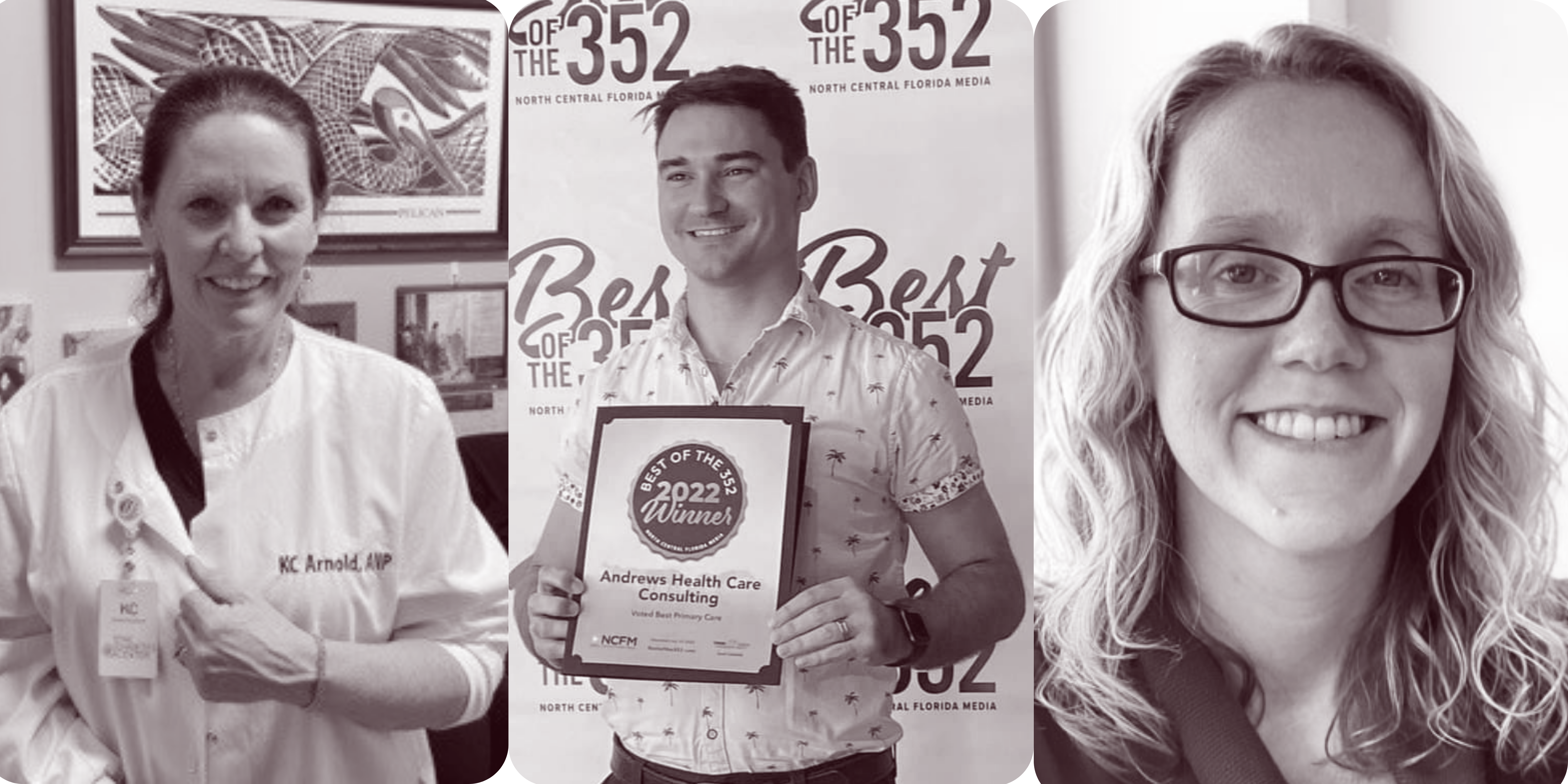Nurse Practitioners and the Future of Health Care
Nurse practitioners and primary care physicians often face similar challenges. However, one key difference is nurse practitioners experience more barriers to reimbursement, especially for providing value-based care.Reducing Barriers to NP Value-Based Care, led by Boston College and in partnership with Brandeis University and the National Nurse Practitioner Entrepreneur Network (NNPEN), aims to address that challenge.
“This project is shining light on nurse practitioners and the type of services we can provide. But when it comes to reimbursement, we are still in the stone ages,” said Logan Andrews, MSN, APRN, FNP-BC, a nurse practitioner participating in the project.
As the country shifts to a payment structure that prioritizes paying providers for the quality rather than quantity of care provided, many nurse practitioners need guidance on securing payment for quality-based services. With support from the American Nurses Foundation’s Reimagining Nursing Initiative, Reducing Barriers to NP Value-Based Care is developing a model that will enable nurse practitioners to secure more value-based contracts by identifying any potential risks.
The project is also building a network of nurse practitioners who can learn from each other. The American Nurses Foundation spoke to three practice owners about the communities they serve, innovation, value-based contracts, and why they are participating in this project.

Working with important and overlooked communities
KC Arnold, ANP, opened her practice in Ocean Springs, Mississippi, three months after Hurricane Katrina devasted parts of the southeastern United States. “I remember that day. I had one nurse and one nurse practitioner student working with me. And even though we were in a disaster area, we had one patient that first day.” Today, Arnold’s practice, the Diabetes Center, sees about 2,600 patient visits yearly and has a staff of about 11, including two other nurse practitioners.
“We have grown over the years, but we still focus on patients with diabetes.” About one in seven Mississippians are living with diabetes and Arnold says before she opened her practice, those patients were typically underserved. Arnold and her team specialize in diabetic care and prevention and see people within a 75-mile radius of the Mississippi Gulf Coast.
Innovating the nursing profession
Tiffany Radke, MSN, APRN, AGACNP-BC, opened her practice, Northern Lights Health in Minnesota, three years ago. It began with patients who were homebound and could not get to a clinic. That sparked Radke’s desire to help people better manage chronic disease. Most of her patients are 65 and older and live in nursing homes.
Recently, she’s started providing wound care to her patients through the use of grafting. Radke’s practice uses grafts made from placentas that are donated by mothers who delivered full-term babies through cesarian sections. The placenta is harvested and dehydrated into sheets that are placed over wounds to help stimulate and accelerate the healing process.
So far, her practice has seen a 33 percent healing rate, and Radke said she was the first provider in the country to start grafting in a nursing home. “It really helped reduce patients’ pain,” Radke explained. “These were people nobody wanted to send to a clinic because they believed those wounds would never heal, and we started making incredible progress.”
Reducing Barriers to value-based contracts
Lack of payer partnership is one of the barriers for nurse practitioners to participate in value-based models. Andrews says trying to get in-network with payers who offer value-based contracts would enable his practice to see more patients.
“Nurse practitioners sometimes get reimbursed less even if we spend more meaningful time with patients,” said Andrews, who owns Andrews Healthcare Consulting in Trenton, Florida. Though he runs a clinic, most of his patients are house calls in rural communities—at times requiring Logan to drive close to 60 miles. But that isn’t a deterrent to Logan who loves meeting patients where they are. “In the home, I can spend an hour or so with my patients. This makes the experience more personal and allows me to provide better care.” Since opening his practice in 2021, Andrews has cared for more than 1,700 patients throughout their health care journey.
Radke, who joined her first value-based contract in 2021, says this shift in reimbursement is aligned with nurse practitioners who value quality-based care over quantity. “Because nurse practitioners provide quality comprehensive care that focuses on the patient as a whole—we really are the future of health care.”
The Reimagining Nursing Initiative
Arnold, Radke, and Andrews are part of the project’s inaugural group of NP-led practices. They will serve as experts in value-based payments capable of mentoring and sharing resources new practice owners can use to transform their practices.
Most importantly, by 2025, Reducing Barriers to NP Value-Based Care will produce a model for nurse practitioners to prepare for the financial risk of transitioning to value-based reimbursement. Arnold, who has successfully been in practice for 18 years, says she’s faced a lot of barriers when it came to reimbursement. But with payment models shifting, Arnold recognizes the need to remain informed of the changing landscape. “I don’t want to be locked out of caring for my patients because payment models are changing.”